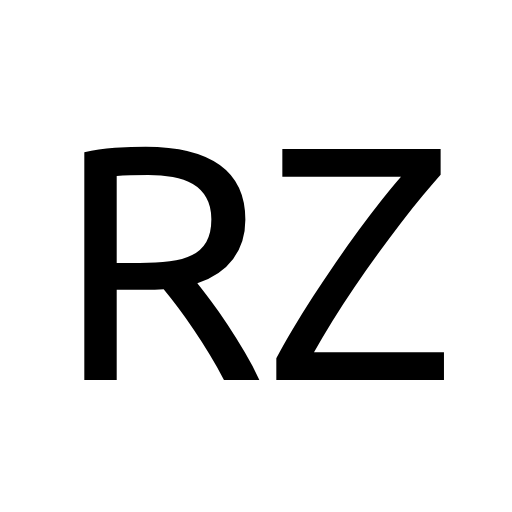
Micro Data Center vs Traditional Data Center: Which One is Right for You?
Share
Introduction
In today’s fast-paced digital landscape, businesses rely on data centers to store, process, and manage critical information. But with the rise of edge computing and IoT, traditional data centers are no longer the only option. Enter Micro Data Centers (MDCs)—compact, powerful, and cost-effective solutions designed for modern business needs.
So, how do Micro Data Centers compare to Traditional Data Centers? Which one is the right choice for your business? Let’s break it down.
What is a Micro Data Center?
A Micro Data Center (MDC) is a self-contained, small-scale data center that provides localized computing, storage, and networking capabilities. Unlike traditional data centers, MDCs are compact, modular, and designed for deployment at the network edge, closer to the source of data generation.
Key Features of Micro Data Centers:
-
Compact & Modular – Small footprint with easy deployment
-
Self-Sufficient – Includes power, cooling, security, and networking
-
Edge Computing Ready – Reduces latency by processing data locally
-
Scalable – Easily expandable based on business needs
-
Secure & Efficient – Built-in security and energy-efficient design
What is a Traditional Data Center?
A Traditional Data Center is a large-scale facility that houses hundreds or thousands of servers to process and store massive amounts of data. These data centers serve as the backbone of enterprise IT infrastructure and cloud computing operations.
Key Features of Traditional Data Centers:
-
Large & Centralized – Requires extensive space and infrastructure
-
High Capacity – Supports massive workloads and enterprise-level applications
-
High Initial Investment – Requires significant capital for setup
-
Extensive Maintenance – Ongoing operational and security management
-
High Latency – Data needs to travel long distances for processing
Micro Data Center vs Traditional Data Center: Key Differences
| Feature | Micro Data Center | Traditional Data Center |
|---|---|---|
| Size | Small, modular | Large, multi-rack facility |
| Deployment Time | Quick & easy (weeks) | Long & complex (months to years) |
| Latency | Low (processes data at the edge) | Higher (requires data transmission to central facility) |
| Cost | Cost-effective, lower initial investment | High setup and operational costs |
| Scalability | Easily expandable | Requires significant upgrades |
| Security | Localized control with built-in security | Centralized security management |
| Energy Efficiency | Lower energy consumption | High energy consumption |
When Should You Choose a Micro Data Center?
A Micro Data Center is ideal for businesses that:
-
Need real-time data processing (IoT, AI, automation)
-
Operate in remote locations with limited connectivity
-
Require quick deployment and scalability
-
Want to reduce cloud dependency and latency
-
Need on-premise security and compliance control
Industries Benefiting from MDCs:
✅ Healthcare – Real-time patient monitoring & telemedicine ✅ Retail – Smart checkout systems & personalized shopping experiences ✅ Manufacturing – Predictive maintenance & automation ✅ Telecom – 5G network infrastructure support ✅ Finance – Fraud detection & risk assessment in milliseconds
When Should You Choose a Traditional Data Center?
A Traditional Data Center is the best option for:
-
Large enterprises handling massive workloads
-
Businesses with long-term infrastructure investments
-
Companies requiring full control over IT assets
-
Organizations with strict regulatory requirements
Examples of Use Cases:
✅ Financial Institutions – Large-scale transaction processing ✅ Cloud Service Providers – Hosting enterprise cloud solutions ✅ Government & Defense – High-security operations & data storage ✅ Large Corporations – Centralized IT infrastructure
The Future of Data Centers: Will MDCs Replace Traditional Data Centers?
While Micro Data Centers are growing in popularity, Traditional Data Centers still play a crucial role in enterprise IT. However, the future lies in a hybrid approach, where businesses leverage both MDCs and traditional data centers for optimal performance.
Emerging Trends in Micro Data Centers:
📌 AI-Powered Automation – Self-healing and predictive maintenance 📌 Green & Sustainable Designs – Energy-efficient cooling & renewable energy 📌 5G & Edge AI Integration – Faster processing for real-time applications 📌 Prefabricated MDCs – Instant deployment with modular scalability
Conclusion
Both Micro Data Centers and Traditional Data Centers have their strengths. The right choice depends on your business needs, data processing requirements, budget, and scalability goals.
🚀 Need help deciding? Explore how a Micro Data Center can optimize your IT infrastructure today!
